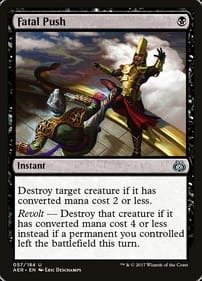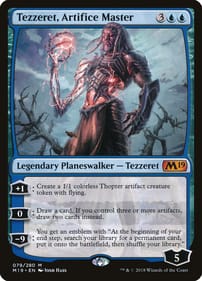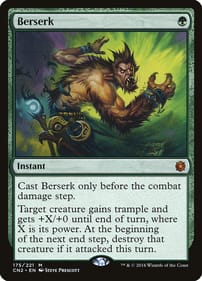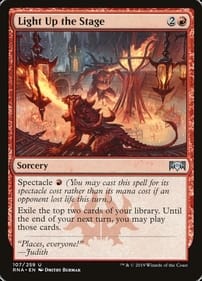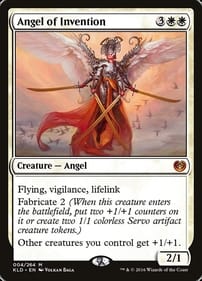X-Men: The Krakoan Age Part 1

In the fall of 2019, Jonathan Hickman and a team of writers got together and changed the face of the X-Men line. His soft reboot, House of X // Powers of X would reimagine mutantkind in a way that both allowed experienced readers to see their favorite characters in a new light AND was accessible to new readers joining the x-line for the first time. Now, five years later things are finally drawing to a close with X-Men #35 / Uncanny X-Men #700. Join us as we take a look back at this historic run of comics to remember it and reflect upon what it gave us.
X-Men: The Krakoan Age
When I set out to write this, it was out of a desire to share this really cool story with others. One of the most common questions I got (and still get regularly) is "Where's a good place to start reading X-Men?" And my friends - this is it.
But then the follow up question - "Okay so I've read House of X // Powers of X. Where do I go from there?" That's...a much tougher question to answer because it's inherently more complicated and longer than just "oh, read this book next." By going wide and opening with a bunch of new spin-offs to this singular title, Marvel cast a wide net that would draw people in based on everything from the writing and art to a chance to see one's favorite character in a long time suddenly thrust into the spotlight.
So, as this age draws down, let’s take a moment or three to reflect on Krakoa and what it brought us. We’ll touch on each stage of the Age of Krakoa, from its inception to its fall, and everything in between. We’ll cover the main plot arcs and stand out books to look for, and generally what ideas and concepts they cover. And at the end, we’ll talk briefly about where the X-Line is headed.
House of X and Powers of X - The Reboot
Picture this - it’s Octoberish 2019. The x-line is just coming off of some weird weird runs. Age of X-Man. X-Men Dissassembled. Both interesting lines, but neither really had anyone excited. The X-Line had been in this odd holding pattern, a byproduct of Marvel’s standoffishness to creative content during the company’s spat with 20th Century Fox over movie rights in the years prior. Marvel had just reacquired the rights.
Enter House of X and Powers of X (hereinafter referred to lovingly as Hox Pox).

These two series came out in tandem. One week we’d see a House of X, the next week a Powers of X. And they were popular. I cannot begin to describe to you the level of excitement that arose just from that first issue. Each series focused on something different, but you were meant to read both in a sort of reading order that really helped you understand what was going on a lot better.
House of X covered the creation of the mutant island nation of Krakoa and its new enemies, the human supremacist/technologist Orchis. Banding together, the various mutant factions of the world settle on Krakoa, itself a mutant island. There, while using combinations of powers referred to as ‘mutant circuits,’ a number of crucial medical advances are created in the form of three mutant medicines. Krakoa itself also gifts the newly birthed nation with teleportation gateway seeds. Plant one, let it grow, instant portal tech. And lastly, using a combination of Cerebro technology and the powers of five specific mutants acting in concert, the mutants of Krakoa discover and implement resurrection protocols, allowing for fallen mutants to be revived via Cerebro ‘backups.’ This meant that any mutant who'd ever graced the pages of the comics was suddenly fair game for other writers to pull in and enjoy.
Powers of X on the other hand, covered the various lives of Moira MacTaggart. Revealed in House of X #2 to be a secret mutant, Moira’s mutant power is to reincarnate. Each time she dies, she instead reboots the timeline from the point of her birth and restarts her existence from conception while retaining all memories of the previous timeline. We learn through these series that Moira’s lived 9 previous lives - each one learning from the last. Over the course of these, Moira has discovered that it is not humans or mutants, but machine/human hybrids that eventually replace both and as such, has enacted a desperate plan in what she believes to be her final life to defeat the seemingly inevitable rise of the machine/human hybridization.
The books together end on a high note - a mutant sovereign nation, ready to take on the established order. Old rivalries abandoned in favor of a future together. Mutants dancing, singing, and being free. It’s one hell of a high note.

Okay, that’s a lot to take in. And trust me it’s far better in the books than I could ever possibly hope to make it in text alone. Hox Pox truly sets the stage for the world of the x-line that follows. And it's such a good read too. It's well paced and uplifting, while reminding the reader that every victory gained is against the backdrop of this looming seemingly inevitable march towards the machine uprising. It feels big because it absolutely is. It has to be. It's going to last over five years and cover hundreds of comics in the process, and that's absolutely fantastic.
Dawn of X
Out of the paired series of Hox Pox came 7 initial new series. Of the seven, six were instant hits that would go on for a while, whereas one (Fallen Angels) would go for about six issues then peter out for a variety of reasons. Each book focused on an aspect of the new Krakoan world.

X-Men kept the central storyline of Charles, Magneto, and Moira going. It introduces us Orchis, a human supremacist group formed by former X-ally turned enemy Karima Shapander, the Omega Sentinel. It also focuses on the new world and new lives the X-Men themselves are leading, and in a super “make it gayer” kind of attitude - this is where we see the new Cyclops / Jean / Wolverine love triangle get some delightful new legs.

X-Force by Ben Percy covers the messy underbelly of the krakoan utopia. Black ops and security work dominate this book, and we see the underpinnings of some of the moral compromises that will bear fruit much later in the series. Wolverine, also by Percy, while being a separate book at first, will later go on to go sort of claw-in-claw with X-Force.

Marauders saw Shadowcat / Kitty Pride return as Kate Pride, the Pirate Red Queen of the Hellfire Trading Company alongside White Queen Emma Frost and Black King Sebastian Shaw. This trio of sometimes cooperating, sometimes competing mutants formed the backbone of Krakoa’s economy - leveraging the new mutant medicines for both political and economic power. Also surprising no one - Kate makes one helluva pirate queen.

New Mutants brings together the casts of the original New Mutants as well as parts of Generation X and even some of the Academy X era kids onto a book that’s a little tough to describe. In my original notes for this, I just flag this series as “getting the band(s) back together” and honestly that’s really true of how this reads.
Side Note: the series itself has two writers at first, Jonathan Hickman and Ed Brisson. These two write the series for the first two books / trades worth of materials before Vita Ayala picks up the series for the remainder of its Krakoan age run.

And lastly we’ve got Excalibur. This one’s lays the foundation for mutant magic - ancient forms of mystical workings that were losts eons ago, or have been co-opted by human magic users. The team here features Betsy Braddock (back in her OG british-girl bod) as Captain Britain, Rogue, Gambit, Jubilee, Rictor and Apocalypse as they are pulled into conflicts in Otherworld through the machinations of the machiavellian Saturnyne. This comic is a lot to take in, but in the beginning of the Krakoan age, I think it's well worth the read. Excalibur ends of being maybe the biggest contributor to the first major crossover event - X of Swords.
What happens next? Tune in next week as we talk through the many many swords of the first trial of the Krakoan age, the Dawn of X gives way to the rising reign, and set the stage for a Hell(fire) of a Gala.

 '
' '
' '
' '
' '
'